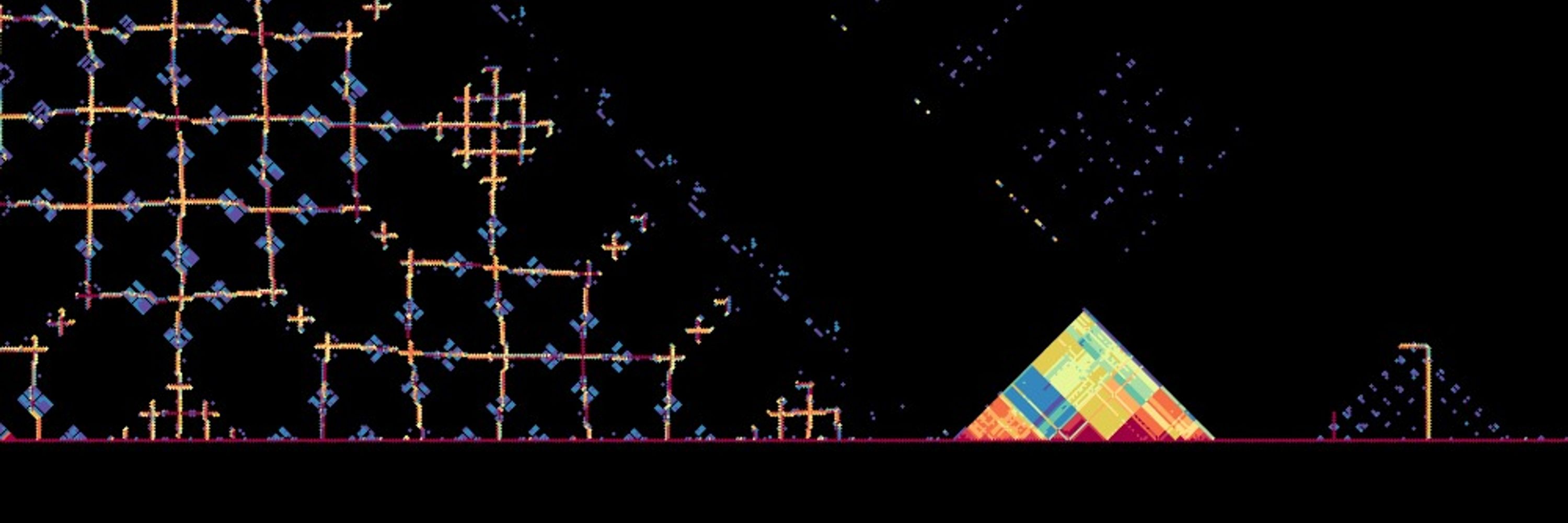Adam Phillippy
@aphillippy.bsky.social
5K followers
330 following
190 posts
Finished a human genome, working on a few more 👨💻
Lab: https://genomeinformatics.github.io
Posts are my own
Posts
Media
Videos
Starter Packs
Reposted by Adam Phillippy
Reposted by Adam Phillippy
Reposted by Adam Phillippy









